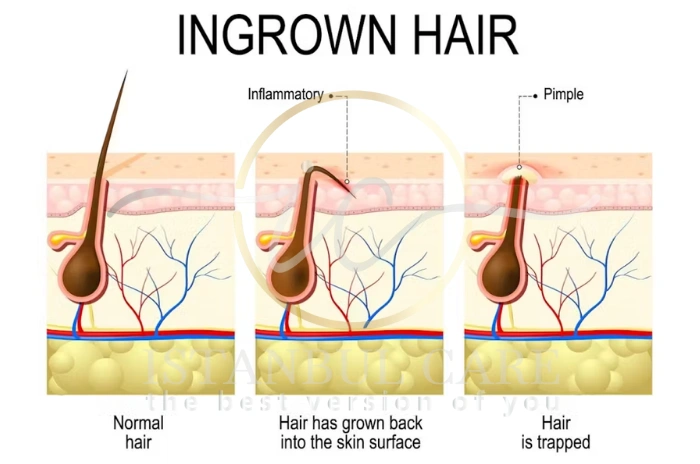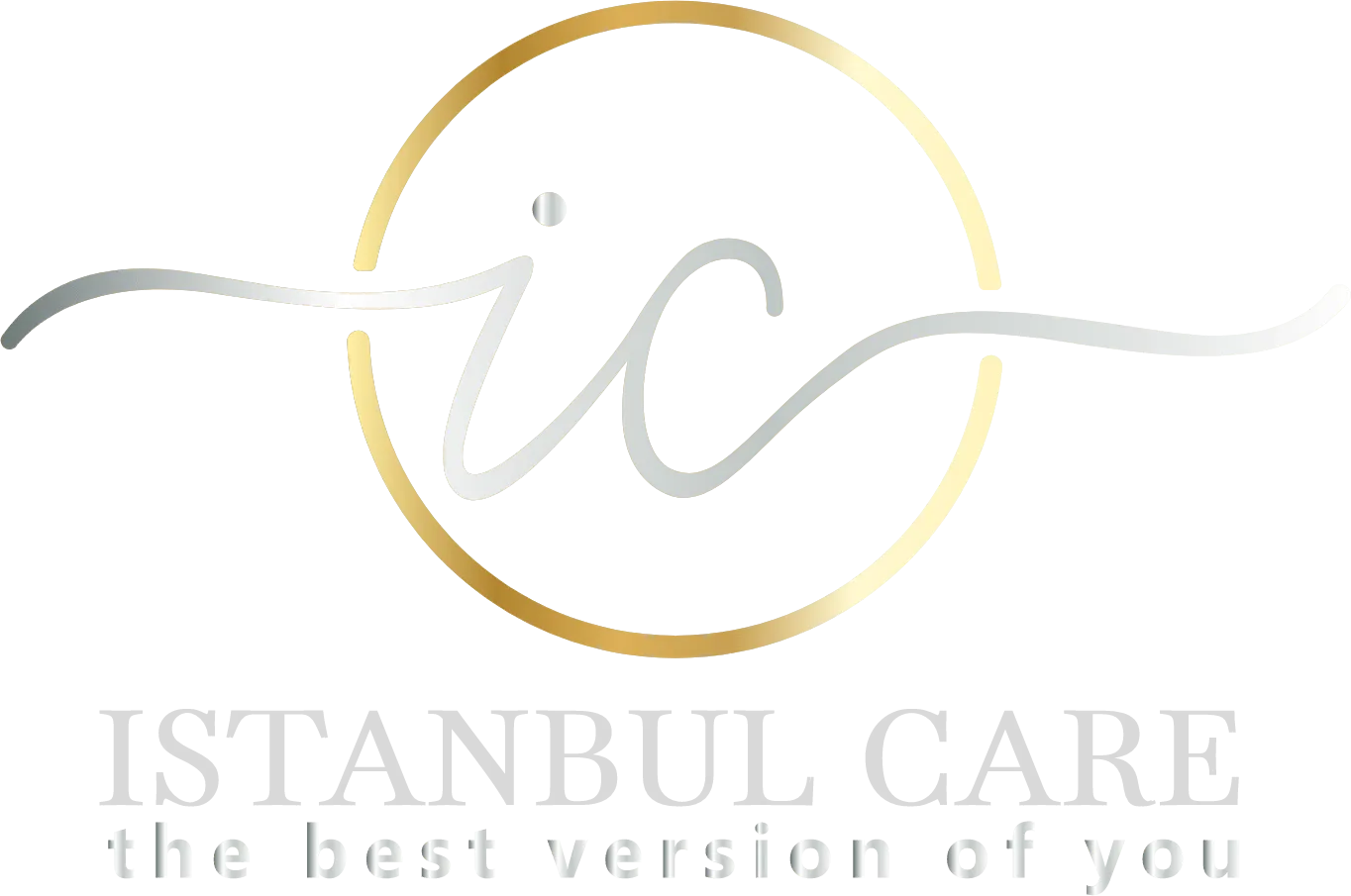Ingrown hairs are one of the most frustrating side effects of hair removal, causing painful bumps, irritation, and sometimes scarring. Whether you’re dealing with razor bumps after shaving or looking for effective ingrown hair prevention methods, understanding the right techniques can make all the difference.
Ingrown hairs happen when hair grows back into the skin, causing irritation or infection. Wondering how do you avoid ingrown hairs? This guide covers proven ways to prevent them and keep your skin smooth and healthy.

What Are Ingrown Hairs?
Ingrown hairs develop when hair follicles become trapped beneath the skin’s surface after hair removal. This condition commonly affects people with curly or coarse hair, as these hair types are more likely to curl back into the skin. The trapped hair creates a raised bump that can become inflamed, infected, or filled with pus.
Several factors contribute to ingrown hair formation, including improper shaving technique, using dull razors, and wearing tight clothing that rubs against freshly shaved skin. Dead skin cells can also clog hair follicles, preventing new hair growth from emerging properly. Understanding these causes is the first step in developing an effective ingrown hair prevention strategy.
Care for Skin After Shaving
Apply a cool cloth to calm skin post‑shave
Immediately after shaving, apply a cool, damp cloth to freshly shaved areas to reduce inflammation and close pores. This skin irritation solution helps prevent bacteria from entering hair follicles and reduces the immediate discomfort associated with shaving.
The cool temperature also helps calm any minor irritation caused by the razor. Leave the cloth on for 2-3 minutes, then gently pat the area dry with a clean towel. This simple step significantly reduces your risk of developing razor bumps and other post-shave complications.
Moisturize your skin after shaving
Moisturize after shaving to maintain skin health and prevent ingrown hairs. Choose a fragrance-free, gentle moisturizer that won’t clog pores or cause additional irritation. Apply the moisturizer while your skin is still slightly damp to lock in hydration.
Look for products containing ingredients like aloe vera, which has anti-inflammatory properties that help soothe irritated skin. Regular moisturizing keeps skin soft and supple, making it easier for new hair growth to emerge properly rather than becoming trapped beneath the surface.
Use the Right Shaving Technique
Use shaving lubricant before you shave
Never shave dry skin, as this dramatically increases your risk of ingrown hairs and skin irritation. Apply a quality shaving lubricant such as shaving cream, gel, or oil to create a protective barrier between the razor and your skin. The lubricant helps the razor glide smoothly while reducing friction.
Shave in the direction of hair growth
One of the most important shaving techniques for preventing ingrown hairs is to shave in direction of hair growth rather than against it. While shaving against the grain may provide a closer shave, it significantly increases the risk of hair being cut too short and growing back into the skin.
Determine your hair growth pattern by running your hand over the area – hair feels smooth when you move with the grain and rough when you move against it. Shave in direction of hair growth using gentle, steady strokes.

10 Easy Ways to Prevent Ingrown Hairs
1. Exfoliate Before Shaving
Exfoliate skin regularly before hair removal to remove dead skin cells that can trap hair follicles. Use a gentle scrub or exfoliating mitt 2-3 times per week, focusing on areas prone to ingrown hairs. This simple step significantly reduces your risk of developing razor bumps and maintains smoother skin texture.
2. Always Use a Sharp Razor
Replace your razor blade every 3-5 uses to ensure clean cuts that don’t pull or tug at hair. A sharp razor requires less pressure and reduces trauma to the skin, making it one of the most effective ingrown hair prevention methods available.
3. Shave in the Direction of Hair Growth
Shave in direction of hair growth rather than against the grain to prevent hair from being cut too short. This fundamental shaving technique may require more passes but dramatically reduces your risk of razor bumps and skin irritation.
4. Avoid Tight Clothing After Hair Removal
Avoid tight clothing immediately after shaving or other hair removal methods, as friction can irritate freshly treated skin and push hair back into follicles. Choose loose, breathable fabrics for at least 24 hours after hair removal to prevent ingrown hairs.
5. Moisturize Your Skin Daily
Moisturize after shaving and maintain daily hydration to keep skin soft and supple. Well-moisturized skin allows new hair growth to emerge properly rather than becoming trapped beneath the surface, making this an essential men’s grooming tip.
6. Try a Warm Compress for Existing Bumps
Use warm compress ingrown hair treatments on existing bumps three times daily to soften skin and encourage trapped hair to surface. This gentle approach helps resolve current issues while preventing future occurrences.
7. Use Hair Removal Creams as an Alternative
Consider alternative hair removal methods like depilatory creams if you frequently experience razor bumps. These products dissolve hair without cutting, eliminating the sharp ends that can grow back into skin.
8. Apply Aloe Vera or Tea Tree Oil for Soothing Relief
Natural skin irritation solutions like aloe vera or diluted tea tree oil can soothe irritated skin and reduce inflammation. Apply these gentle treatments after hair removal to calm skin and prevent razor bumps from developing.
9. Don’t Shave Too Close to the Skin
Avoid pursuing the closest possible shave, as cutting hair extremely short increases ingrown hair risk. Use light pressure and focus on achieving a neat appearance rather than the smoothest possible result.
10. Keep Skin Hydrated to Reduce Irritation
Maintain consistent skin hydration through regular moisturizing and adequate water intake. Well-hydrated skin is more resilient and less prone to ingrown hairs and other skin irritation issues.
How to Get Rid of Existing Ingrown Hair
Use a warm compress on trapped hairs
Apply warm compress ingrown hair treatments to existing bumps for 10-15 minutes, three times daily. The moist heat softens skin and helps encourage trapped hair to surface naturally without aggressive manipulation that could cause scarring.
Gently lift the trapped hair with tweezers
If hair becomes visible at the surface after warm compress treatment, use clean, sterilized tweezers to gently lift the hair out of the skin. Never dig into the skin or squeeze the bump, as this can cause infection and permanent scarring.
Apply chemical exfoliants like salicylic or glycolic acid
Treating razor bumps with chemical exfoliants containing salicylic acid or glycolic acid can help dissolve dead skin cells and encourage hair to surface. Use these products according to package directions, typically once daily until the issue resolves.
Maintain clean skin to avoid infection or scarring
Keep the affected area clean and avoid picking or scratching ingrown hairs. Apply antibacterial ointment if signs of infection develop, and consult a healthcare provider if bumps become severely inflamed or don’t improve with home treatment.
Speak with our expert Hair Transplantation specialists

Speak with our expert Hair Transplantation specialists
We’re ready to answer your questions
FAQs for 10 Easy Ways to Prevent Ingrown Hairs
An ingrown hair occurs when hair grows back into the skin instead of rising up from the follicle, typically caused by improper shaving technique, dull razors, or tight clothing that rubs against freshly shaved skin.
The most crucial step to prevent ingrown hairs is using proper shaving technique by shaving in direction of hair growth with a sharp razor and adequate shaving lubricant.
Replace your razor blade every 3-5 uses or when it feels dull, as sharp razors are essential for ingrown hair prevention and reducing skin irritation during hair removal.
Moisturizing after shaving keeps skin soft and supple, allowing new hair growth to emerge properly rather than becoming trapped beneath the surface, making it a key component of ingrown hair prevention.
Alternative hair removal methods include depilatory creams that dissolve hair chemically and electric razors that cut less closely to the skin, both reducing ingrown hair risk compared to traditional shaving.
Yes, warm compress ingrown hair treatments applied three times daily for 10-15 minutes can help soften skin and encourage trapped hair to surface naturally as an effective method for treating razor bumps.

